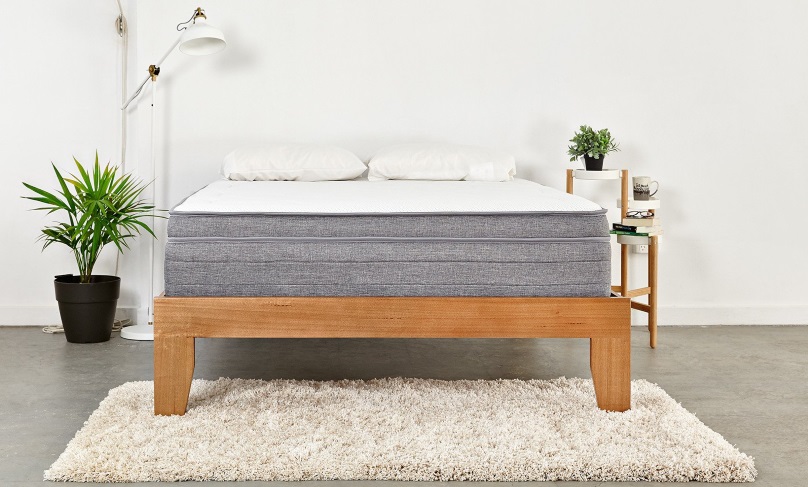Is Your Mattress Firm Enough?
- Written by News Company

The word “firmness” is often used in relation to mattresses. Mattress manufacturers incorporate different materials into their products to increase or decrease its firmness, retailers rate their mattresses on a firmness scale and we discuss our preferences for a firm or not so firm mattress. Before you order a new bed or think about mattress delivery, take time to think about all the options.
What is firmness, though? And why is it important to our sleep?
What is Firmness?
Surprisingly, a mattress’ firmness does not mean support. Support refers to how well a mattress keeps our spinal column aligned and alleviates pressure on our joints. An ultra-soft mattress with a firmness rating of 1 and an extremely firm mattress with a rating of 10 can both provide adequate support.
Instead, firmness has to do with how comfortable a mattress feels. A mattress with the ideal firmness has the perfect balance between softness and hardness. This perfect balance or ideal firmness varies from person to person and is influenced by weight, preferred sleeping position and perception of comfort.
What Gives a Mattress Firmness?
Mattresses can be made of only foam or a combination of foam and springs. Let’s take a closer look at these components and see how they influence firmness:
-
Pocket Springs - A mattress made with springs can have anywhere from 600 - 2,000 springs. These springs are each sewn into their own fabric pocket, so that they can rise and fall individually.
Pocket springs come in a variety of gauges. A spring with a thick gauge gives a mattress more hardness than a spring with a thin gauge. Pocket springs provide a variety of benefits, along with influencing a mattress’ hardness. For instance, they allow air to circulate through the mattress and also help prevent motion transfer.
-
Micro springs - Some mattresses contain a layer of micro springs, along with the larger pocket springs. These small, sensitive springs are usually located near the top of the mattress. They rise and fall easily under our weight which gives the mattress a noticeable bounce and helps the mattress fit the contour of our bodies. Overall, micro springs contribute both hardness and softness to a mattress.
-
Density foam - Every mattress has a layer of density foam. This foam is made by heating polyurethane and pumping it full of gas bubbles before it cools. Foam with more bubbles is soft and flexible, while fewer bubbles results in a foam that is dense and stiff.
Every manufacturer uses different foams in their mattresses, but most use a moderately dense foam that will give the mattress both hardness and spring.
-
Latex and Memory foam - Natural latex foam and memory foam are softer than density foam. Mattress designers usually incorporate these soft foams into a mattress’ topmost comfort layer where they can give the sleeper the most softness.
Why is firmness important for quality sleep?
Springs and foam work together to supply hardness and softness in a mattress. This combination of hardness and softness is what we refer to as firmness. Firmness is subjective, but important because it determines how comfortable we feel on the mattress and how well we sleep.
So, I ask again, “Is your mattress firm enough?” If your mattress is uncomfortable, visit Eva Mattress. We produce our mattresses with layers of high-quality foam and springs, so that they will have the perfect firmness for you.

























